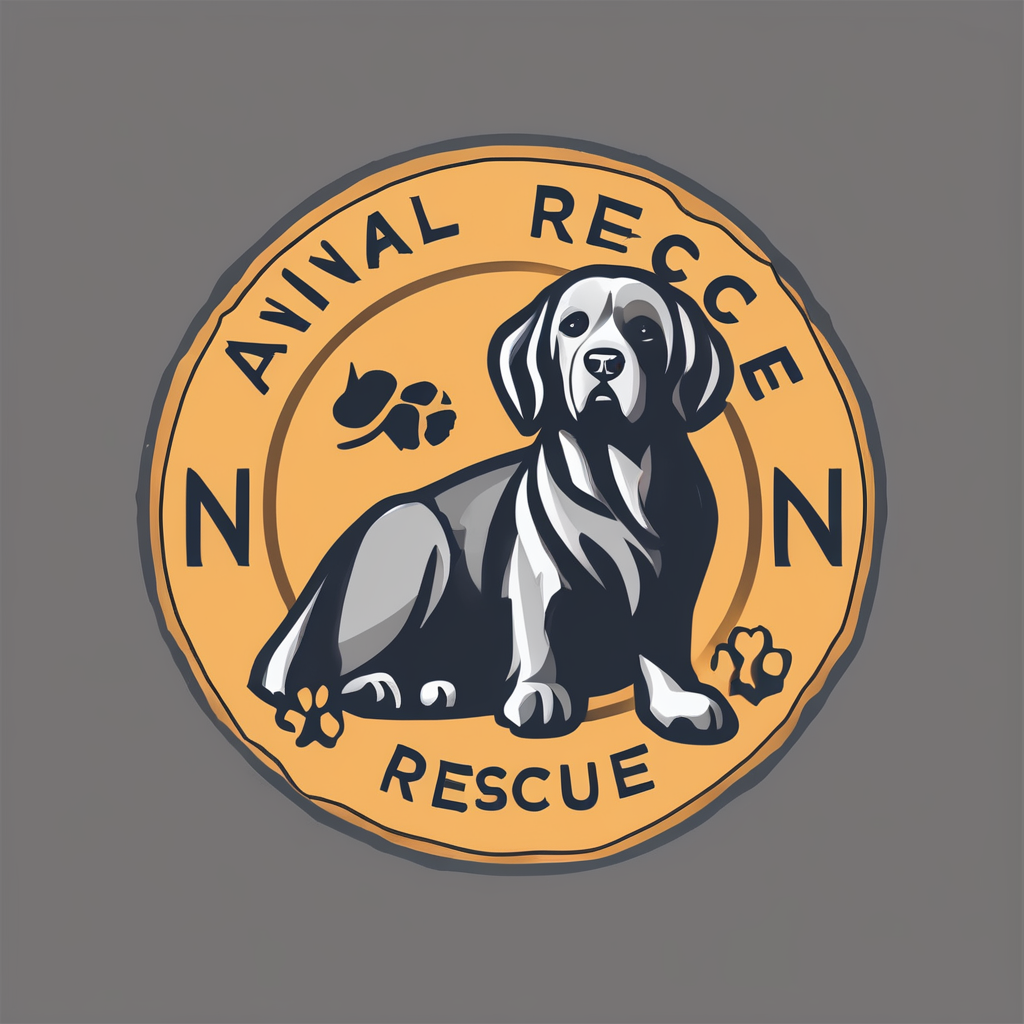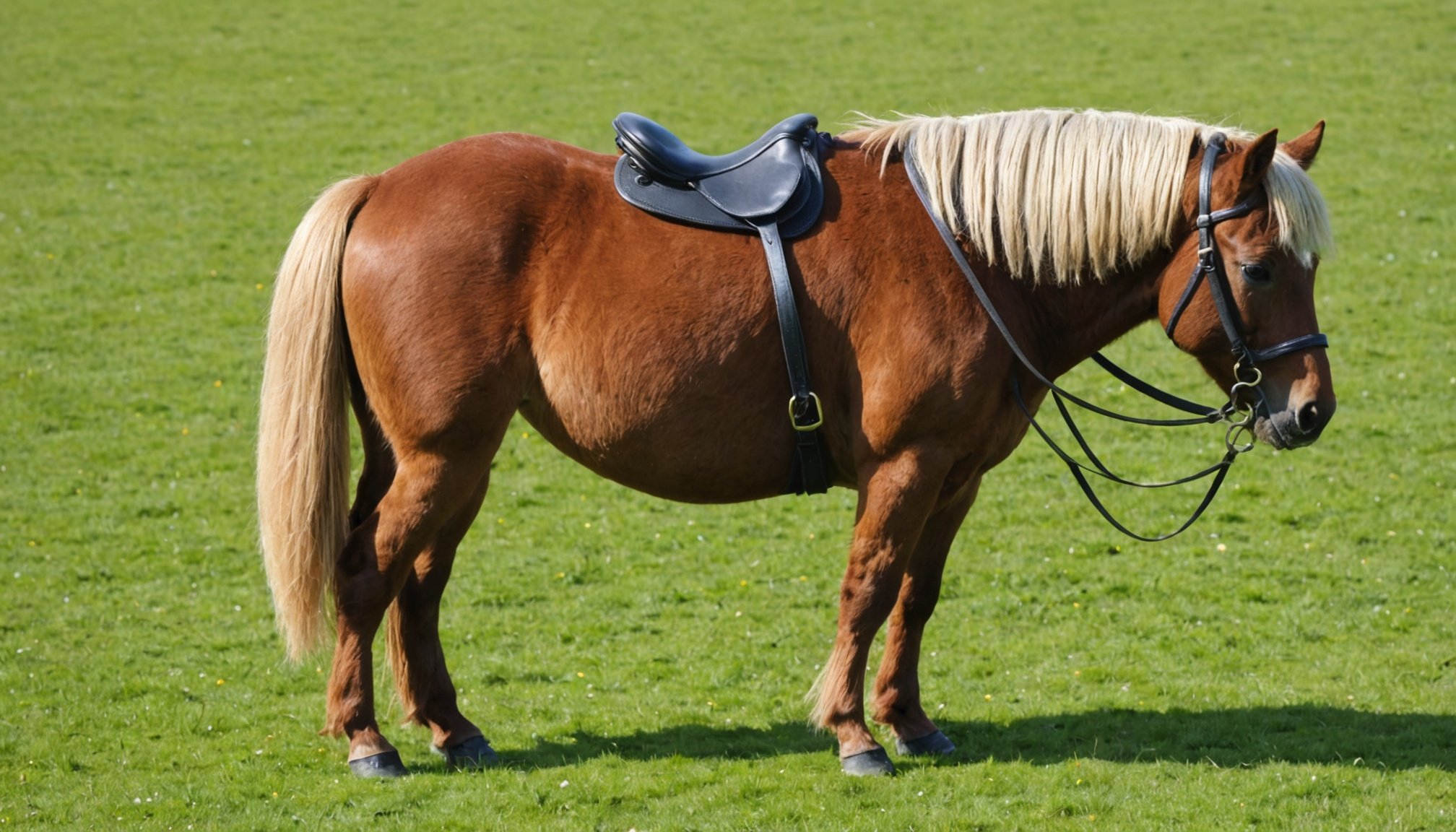Understanding Saddle Sores in Shetland Ponies
Saddle sores are a common skin condition affecting many equines, including Shetland ponies. They develop from friction and pressure points on the skin under a saddle. Often, it’s caused by poorly fitting saddles or prolonged riding without breaks. In Shetland ponies, these sores can be particularly problematic due to their specific anatomy.
Shetland ponies have a compact and broad structure, which can make finding the right saddle fit challenging. Their unique build can exacerbate issues, leading to skin conditions if the saddle shifts or applies uneven pressure. Thus, it’s crucial to ensure a saddle specific to their physique is used and regularly checked.
Also to read : How can you prevent your pet fish from getting sick in their aquarium?
Early detection of saddle sores is key to avoiding complications. Look for signs like redness, swelling, or even wounds where the saddle contacts the skin. Equine health professionals emphasise that even minor redness should prompt a thorough inspection. If left unattended, saddle sores can become infected or lead to more severe health issues.
Regular checks and timely intervention can prevent further discomfort and promote better equine health. Remember, early care is the best practice to maintain the welfare of these beloved animals.
Topic to read : How do you maintain a healthy weight for your pet ferret?
Prevention Strategies for Saddle Sores
Ensuring the well-being of Shetland ponies involves understanding effective measures to prevent saddle sores. Proper saddle fitting is critical; it’s essential to choose a saddle that suits the pony’s unique shape. Expert guidance is advised to ensure that the saddle does not cause friction or undue pressure, which are common factors leading to saddle sores.
Additionally, regular maintenance of the saddle is crucial. Keeping the saddle clean and promptly addressing any damage can prevent discomfort. A poorly maintained saddle can worsen pressure points and contribute to skin conditions.
Hygiene plays a vital role in preventing saddle sores. Regular grooming routines help in maintaining skin health by removing sweat and debris that may irritate. It’s also an opportunity to check for any early signs of soreness.
Environmental factors such as terrain and weather deserve attention as well. Soft bedding in stables, for instance, can reduce undue pressure when ponies are resting. Similarly, during hot weather, take measures to minimise sweating, and keep their environment clean and comfortable.
Shetland pony care involves a thorough understanding of these prevention strategies to enhance their equine health. Adopting these practices can significantly reduce the risk of developing saddle sores.
Signs and Symptoms of Saddle Sores
Understanding the saddle sore symptoms in Shetland ponies is crucial for timely intervention. Noticeable signs include redness, swelling, or lesions where the saddle rests. More severe cases might present open wounds or scabs. Monitoring these symptoms as part of regular pony health monitoring ensures issues are caught early.
Additionally, equine behavior changes can signal discomfort from saddle sores. A pony may seem restless, exhibit reluctance to be saddled, or show signs of distress when in motion. These behavioral indicators should not be overlooked, as they provide crucial insights into the pony’s well-being.
When symptoms of saddle sores are evident, deciding when to seek veterinary assistance becomes significant. A minor red patch might not require professional help if it resolves quickly with rest and care. However, persistent sores, increased discharge, or worsening conditions necessitate a veterinary evaluation. Timely professional input can prevent complications and ensure a speedy recovery.
Incorporating these observations into pony health monitoring will aid in maintaining equine comfort and performance. The earlier saddle sores are identified, the more effective their treatment will be, safeguarding both the daily life and long-term health of Shetland ponies.
Treatment Options for Saddle Sores
Saddle sore treatment is essential for ensuring the comfort and well-being of Shetland ponies. When addressing existing sores, a step-by-step guide is invaluable. Initially, remove the saddle to relieve pressure and clean the affected area gently with mild antiseptic. Applying a soothing balm aids the healing process, reducing inflammation and discomfort.
For those preferring over-the-counter remedies, products like antiseptic sprays and medicated creams are available. These products can be particularly helpful in promoting healing and preventing infection.
In serious cases, the importance of seeking veterinary guidance cannot be overstated. Persistent or severe sores may require professional equine wound care to prevent complications. Vets can offer advanced treatments, such as special dressings or more potent medications.
Monitoring progress during the healing phase is crucial. Regularly check for signs of improvement or complications, such as increased swelling or discharge. Adjust treatment strategies as necessary to ensure effective recovery.
Active involvement and correct saddle sore management will not only heal current conditions but also prevent future issues. Prompt and appropriate treatment supports better equine health, reinforcing the welfare of these cherished animals. Remember, timely intervention is key to a swift and full recovery.
Aftercare and Recovery Process
Equine recovery after treating saddle sores involves thoughtful attention and consistent effort. Appropriate saddle sore aftercare can prevent recurrence and ensure the best outcome for Shetland ponies. Begin by implementing a routine that includes regular inspections of the healing wound to monitor progress and detect any potential complications, such as swelling or infection.
During pony rehabilitation, it’s wise to make temporary adjustments to their routine. This might include reducing the amount of riding or even altering their exercise regimen to avoid irritating the healing area. Rest is crucial during this period to allow the sore adequate time to heal fully.
In the spirit of promoting swift recovery, ensuring the pony’s environment remains clean and stress-free is essential. The stabling area should be meticulously maintained to prevent contaminants from interfering with the healing process.
Moreover, re-evaluate the saddle fit before resuming regular activities, given the importance of maintaining pressure-free and frictionless contact. Consider consulting with equine health experts for tailored advice on any additional steps necessary for efficient recovery.
Regular monitoring and adjustments during the recovery phase play a significant role in achieving lasting equine health and comfort, ultimately supporting successful rehabilitation and well-being for Shetland ponies.
Long-term Management and Care
Successful long-term management and care for Shetland ponies involve a comprehensive approach aimed at sustaining their overall health and preventing saddle sores. This requires commitment to ongoing pony health practices.
Begin with ensuring the saddle remains in good condition. Regular assessments help identify wear and tear, ensuring it continues to fit well with the pony’s unique physique. This is key in avoiding the friction and pressure which cause skin conditions.
Moreover, regular veterinary check-ups are vital. Such evaluations can identify health concerns early, providing a chance to adjust care strategies. Preventive care routines should include these health assessments to maintain well-being.
Diet and exercise are influential in skin health. A balanced diet with necessary nutrients promotes overall wellness, supporting immune function and skin resilience. Meanwhile, balanced exercise keeps ponies fit, but it’s crucial to not overload them, which can exacerbate pressure on specific areas under the saddle.
Establishing a detailed care plan aids immensely in maintaining the productivity and happiness of Shetland ponies. With these strategies, you’re well-equipped to manage equine health comprehensively, ensuring the comfort and longevity of these cherished animals.






